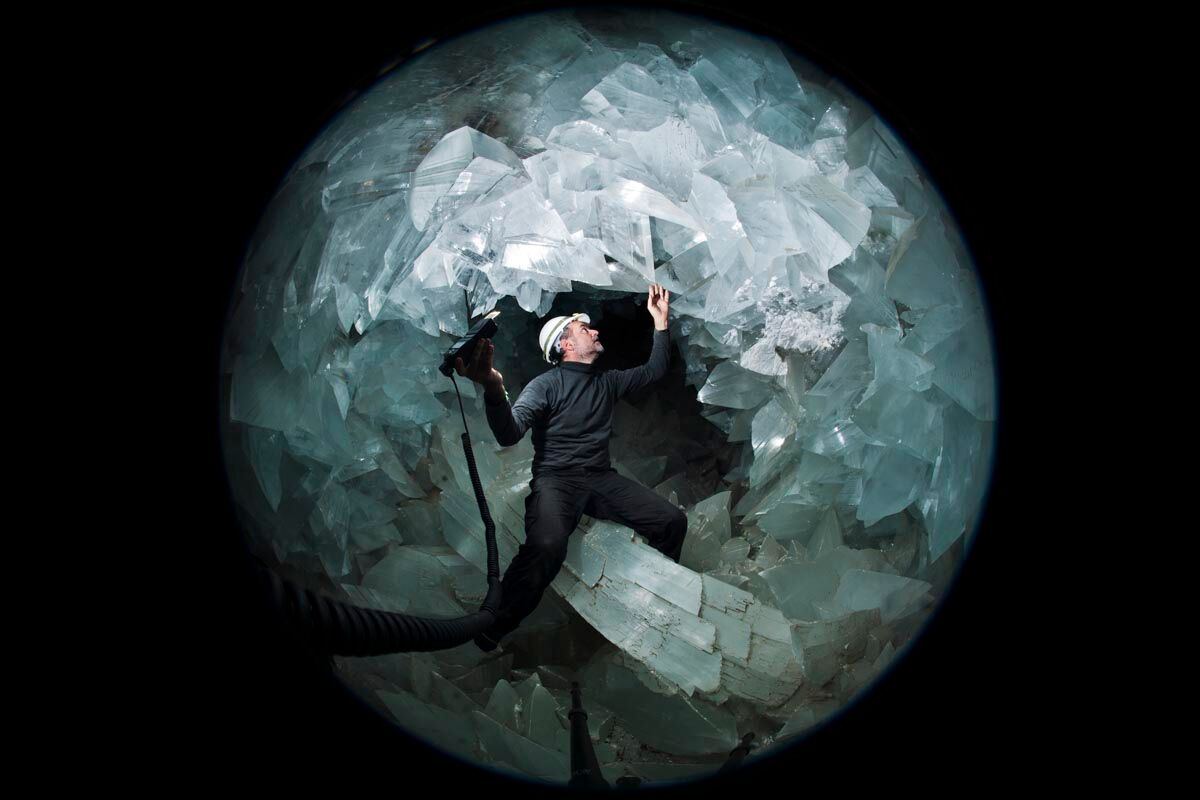When you purchase through golf links on our site , we may earn an affiliate commission . Here ’s how it works .
It ’s been said that baseball diamond are incessantly — probably because " diamond are billion - year - old mutant rocks queer to many lifetimes of crushing pressure and scorch temperature in Earth ’s deep mantle " does n’t have the same snappy anchor ring to it .
Either way , it take a long , prospicient metre for a chunk of carbon to crystallize into a effervescent diamond — so long , in fact , that scientist are n’t plus how they ’re made . One democratic theory maintains that many diamond organize when slabs of seabed ( part of an pelagic plate ) grind underneath continental plate at so - called tectonic subduction zones . During the process , the pelagic collection plate and all the minerals at the bottom of the sea plungehundreds of miles into Earth ’s cape , where they slowly crystalise under mellow temperatures and pressures tens of thousands of times greater than those on the surface . finally , these lechatelierite mix in with volcanic magma called kimberlite and break onto the satellite ’s surface as diamonds .

Scientists recreated salty diamond deposits in a high-pressure, high-temperature experiment, suggesting that many of Earth’s diamonds form when the mantle crushes ancient seabed minerals.
living for this theory can be found in the pelagic minerals that give drab stone — like the infamous ( andpossibly doomed ) Hope diamond — their signature chromaticity . However , these infield are among the deepest , rarest and most expensive on Earth , make them hard to hit the books . Now , enquiry put out today ( May 29 ) in the journalScience Advancesprovides fresh grounds for diamond ' pelagic origin . For the survey , the researchers looked at the piquant sediment deposits inside a much more common course of stone , known as sinewy diamonds . [ In photograph : Ocean Hidden Beneath Earth ’s Surface ]
Unlike most diamonds that end up in wedding paraphernalia , fibrous ball field are clouded with fiddling deposit of common salt , potassiumand other substances . They ’re less valuable to jewelry maker , but arguably more valuable to scientists search to reveal their underground root .
" There was a possibility that the salinity trap inside rhomb come from maritime brine , but it could n’t be tested , " Michael Förster , a prof at Macquarie University in Australia and moderate writer of the Modern study , say in a instruction .

So , short of tracing the ancient origins of an actual baseball field , Förster and his colleagues attempted to re - create in their lab the hyperhot , hyperpressurized response that happen when seafloor minerals subduct into Earth ’s mantle . The squad send nautical sediment sample distribution into a container with a mineral call peridotite , which is a volcanic rock wide present at depth where diamonds are thought to form ; then , they uncover the commixture to a combination ofintense heat and pressure conditionsthat mimicked those found in the mantle .
The researchers found that when the mixture was subjected to insistency of 4 to 6 gigapascals ( 40,000 to 60,000 time the averageatmospheric pressureat sea point ) and temperatures between 1,500 and 2,000 degree Fahrenheit ( 800 to 1,100 degree Celsius ) , salt quartz glass shape with nearly identical properties to those found in hempen diamond . In other words , when the old Davy Jones’s locker drop off into the deep crucible of the mantle , the colliding forces create the perfect conditions for rhombus formation . ( stone baseball diamond , which are made of perfect atomic number 6 and do n’t include any sediment deposit , can also be created this way of life . )
" We knew that some sort of piquant fluid must be around while the diamonds are growing , and now we have confirm that marine sediment accommodate the circular , " Förster said . He added that the same experiments also produce minerals that are key to theformation of kimberlite , on which diamonds typically hitch a ride to Earth ’s surface during volcanic eruptions .

So , diamonds may truly be bits of ancient pelagic account you may don on your finger’s breadth . And if these gem are too expensive for your discernment , do n’t gag — you could still wear thin a firearm of the major planet ’s extreme past tense by slipping on a Au or platinum pack . According to a recent study in the journalNature , retrace amounts of the shiny minerals in those vulgar types of jewelry probably originate with an epic neutron star collisionthat literally rain blingon oursolar system4.6 billion years ago .
Originally published onLive Science .
















